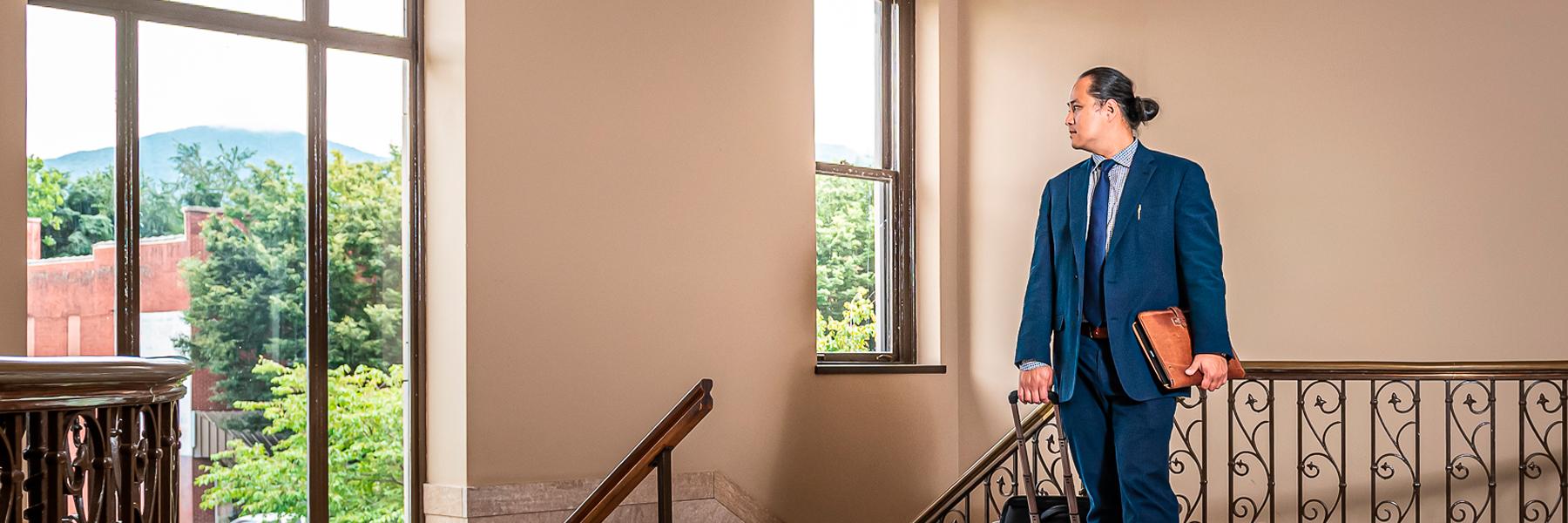On “CSI,” forensic evidence is key to solving almost every case. In real life, many forensic techniques are of questionable scientific validity. Human error and even intentional bias infect these tests. Analysts sometimes work to prove prosecution cases rather than presenting neutral findings. Far too often, analysts exaggerate the statistical certainty of their findings.
In 2009, the National Academy of Sciences issued a report questioning the scientific validity of many common forensic science techniques.
In 2015, the FBI admitted that, for decades, its analysts had been making serious errors in at least 90 percent of cases involving testimony about microscopic hair comparison analysis. Convictions are currently being reviewed and overturned.
In 2016, the President’s Council of Advisors on Science and Technology reiterated the concerns of the National Academy of Sciences, finding that many forensic techniques based on pattern matching or feature comparison lack sufficient scientific underpinnings.
Yet challenged or highly questionable techniques like these are still being used:
- Microscopic hair comparison analysis
- Bite mark analysis
- Bloodstain pattern analysis
- Burn pattern analysis in arson investigations
- Footwear and tire tread comparison
- Ballistics comparisons
- Latent fingerprint comparison
- DNA amplification
Exaggerated forensic science testimony responsible for false convictions
According to the National Registry of Exonerations’ 2018 annual report, there were 151 people exonerated last year. The total number of exonerations since 1989 is 2,432. Unfortunately, exaggerated testimony about forensic techniques plays an oversized role in wrongful convictions.
For forensic analysis to be introduced as testimony, a judge must rule that the underlying technique is widely accepted as valid by the applicable field of science and that the person who performed the test has received enough training for them to be considered an expert.
Criminal defense attorneys and criminal justice reformers are actively challenging the supposition that some forensic techniques actually are widely accepted in their field. However, forensic evidence continues to be admitted at trial.
Once the analyst has been ruled an expert, the jury gets to hear whatever they want to say. The only real limit is cross-examination, and that may not be enough.
Many times, analysts testify that there is “one in a million” chance of a failed match. Or, they might multiply out the odds of one mismatch by those of another mismatch, creating a vastly exaggerated statistic like “1 in 129,600.”
“A lot of the problem with forensic testimony is that the diagnosticity is overstated,” a law professor speaking for the National Registry of Exonerations explained to the New York Times. Some forensic evidence “gets dressed up with this scientific certainty that isn’t justified.”
Between questions about the overall scientific validity of these tests and the errors and exaggerations analysts make, we all need to take a step back from forensic evidence. “CSI” seems so convincing, but real life is hardly ever so straightforward.


